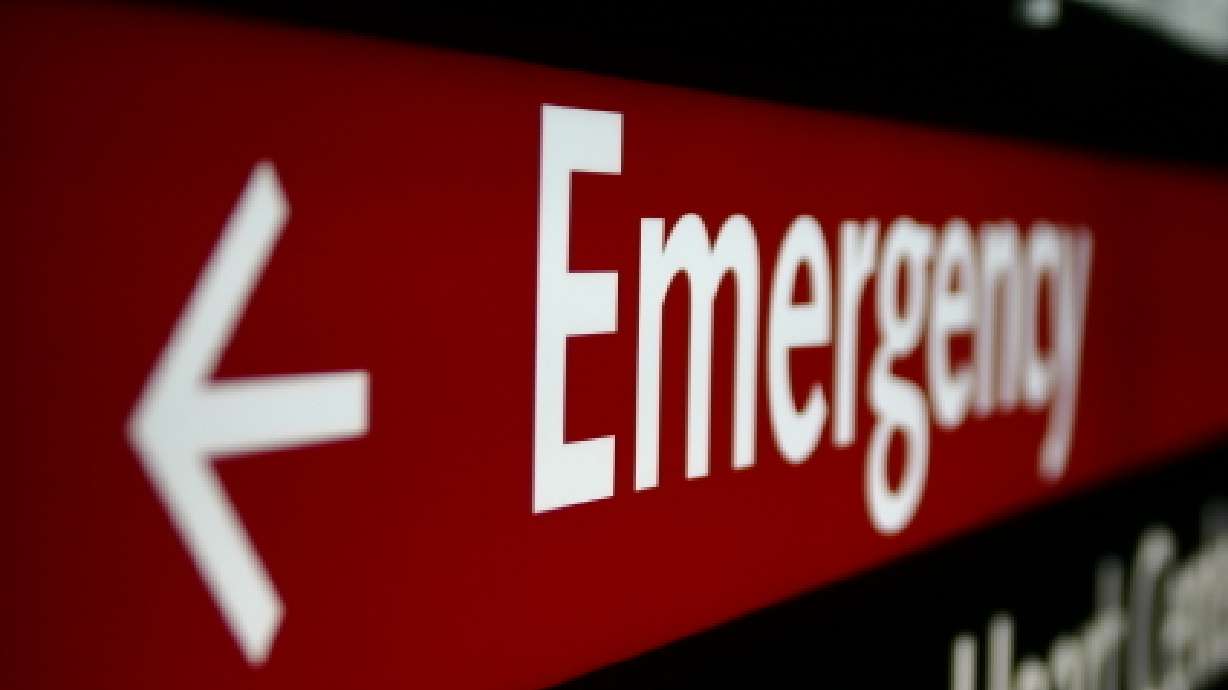Estimated read time: 4-5 minutes
This archived news story is available only for your personal, non-commercial use. Information in the story may be outdated or superseded by additional information. Reading or replaying the story in its archived form does not constitute a republication of the story.
More than 100 million Americans go to the emergency room every year. While many of us picture visiting the ER for only the most dire emergencies, according to the Centers for Disease Control and Prevention, the most common reasons people visited the ER last year were: stomach and abdominal pain, chest pain, fever, headache, and back pain. Obviously, many of these symptoms (like chest pain) could indicate serious conditions (such as a heart attack). But many do not.
 Lisa Cannon has been a writer and editor for nearly 20 years. She writes about everything from the health benefits of journal writing to the best ways to recycle computer hardware. She lives in beautiful Portland, Ore.
Lisa Cannon has been a writer and editor for nearly 20 years. She writes about everything from the health benefits of journal writing to the best ways to recycle computer hardware. She lives in beautiful Portland, Ore.
For many injuries and illnesses, an urgent-care clinic is the more appropriate place to go. Not only will you see trained nurses and doctors, you'll often be seen more quickly than in the ER. Here is a general guide to indicate when to go to an emergency room and when an urgent-care visit might be a better option.
Emergency-room symptoms:
- Bleeding that doesn't stop after 10 minutes of direct pressure
- Signs of a heart attack, such as chest pains that last more than two minutes (Learn more about [heart attack symptoms](https://www.myregence.com/mxp/news/article.do?articleID=15424&activity-token=5B57CCC8-54F1-46C4-B4D0-F236090EA388) in women and men.)
- Signs of stroke, such as numbness of the face, arm, and leg on one side of the body, sudden loss of vision, or loss of speech
- Severe shortness of breath or sudden dizziness
- Major injuries such as broken bones, partial or total amputation of a limb, or trauma to the head
- Coughing up or vomiting blood
- Suicidal feelings (learn more about recognizing [suicidal thoughts](/mxp/news/article.do?articleID=17266&activity-token=5B57CCC8-54F1-46C4-B4D0-F236090EA388))
Urgent-care symptoms:
- Cuts or wounds where bleeding is controlled
- Sprains, strains, or bruises
- Mild or moderate asthma attacks
- Infections of the urinary tract, ear, or upper respiratory system.
- Flu-like symptoms, such as sore throat, fever, coughing and congestion
- Mild or moderate stomach pains or diarrhea
- Rashes, insect bites, or sunburns
The best course of action is to make a plan in advance so you know where to go when. Talk to your primary care provider about the emergency rooms or urgent-care facilities near you. Check your coverage to see which facilities belong to your network, and whether the amount of ER coverage differs at in-network and out-of-network hospitals. Use Provider Search to find ER and urgent-care facilities in your network.
If you're not sure whether or not to go to the ER, call your primary care provider. Even if it's after hours, there may be a nurse or on-call doctor you can talk to. Your coverage may also provide you with access to an advice nurse. If you're not sure, call the customer service number on the back of your membership card to find out.
For those who don't yet have a primary care provider, urgent care facilities can be a great resource. If you've just moved to a new area and you sprain your ankle, urgent-care services can see you right away. You don't have to spend time trying to find a provider who is accepting new patients. Plus, most urgent-care facilities are open in the evenings and on weekends. They can even help you refill a prescription, if you realize you've run out of your medication on a Saturday morning.
Many people end up in the ER because they don't know what else to do. By having a plan and thinking ahead, you can make smart choices that are good not only for your health, but your budget as well.
Reprinted with permission from myRegence.com









